
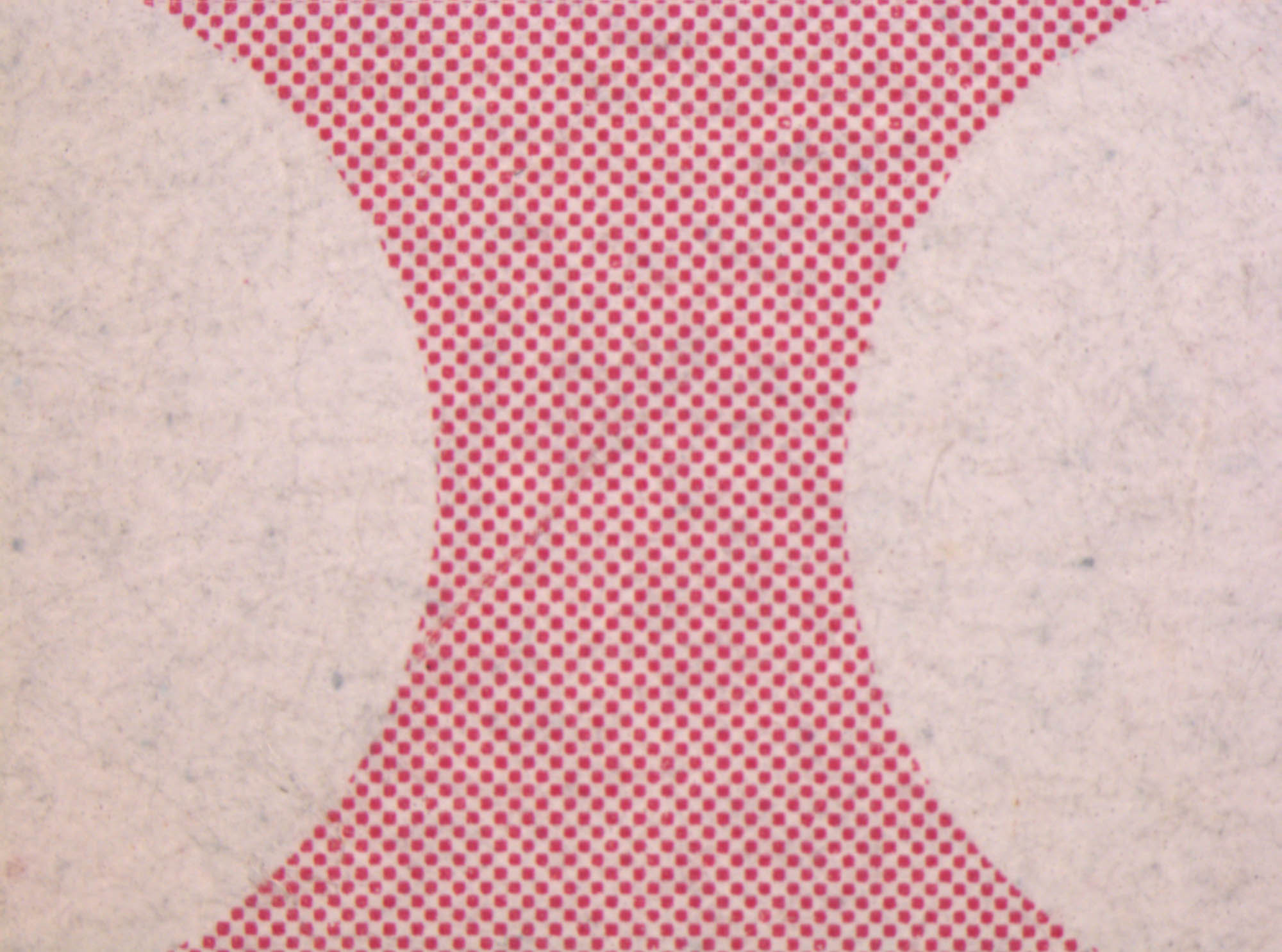


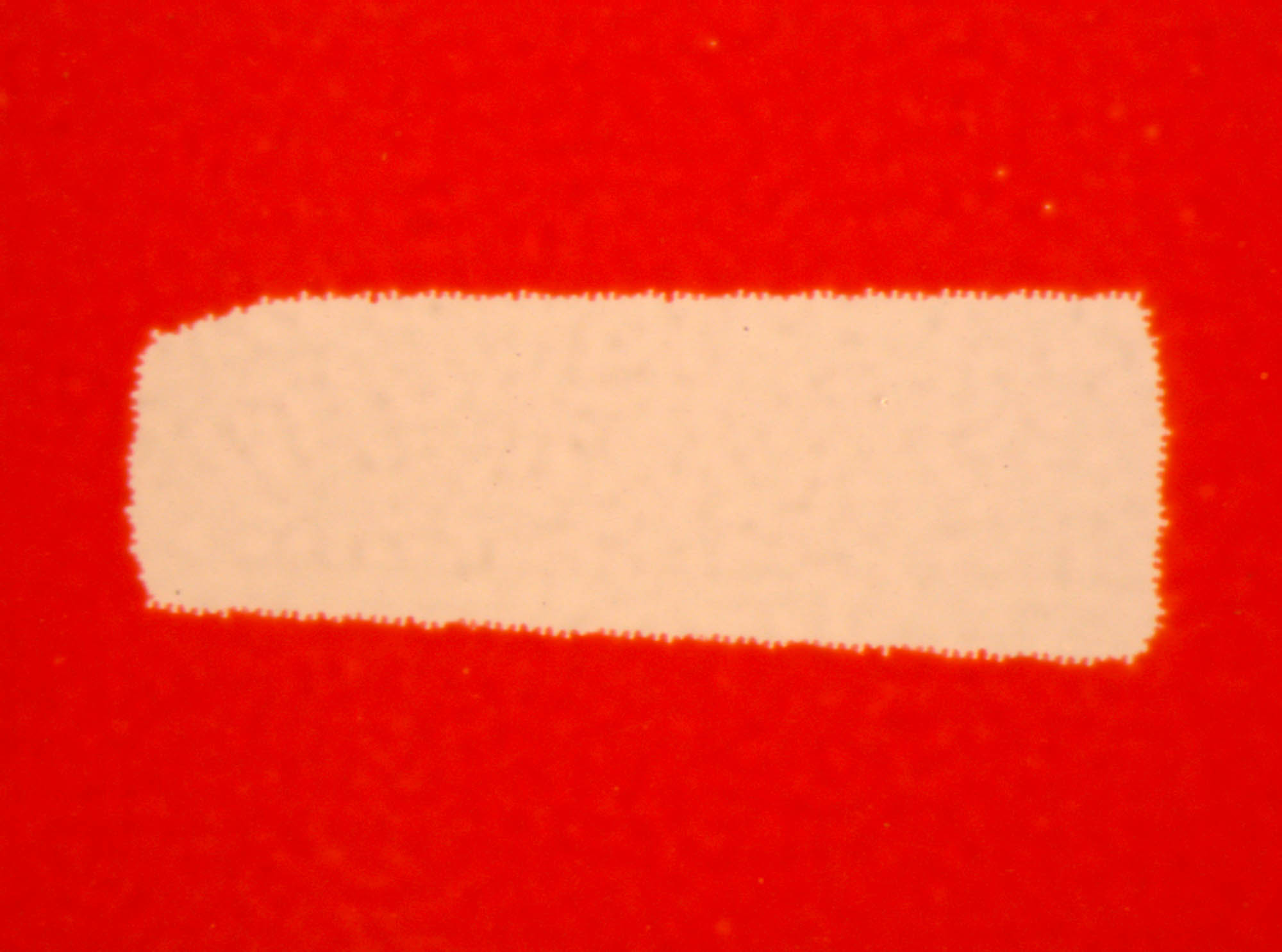
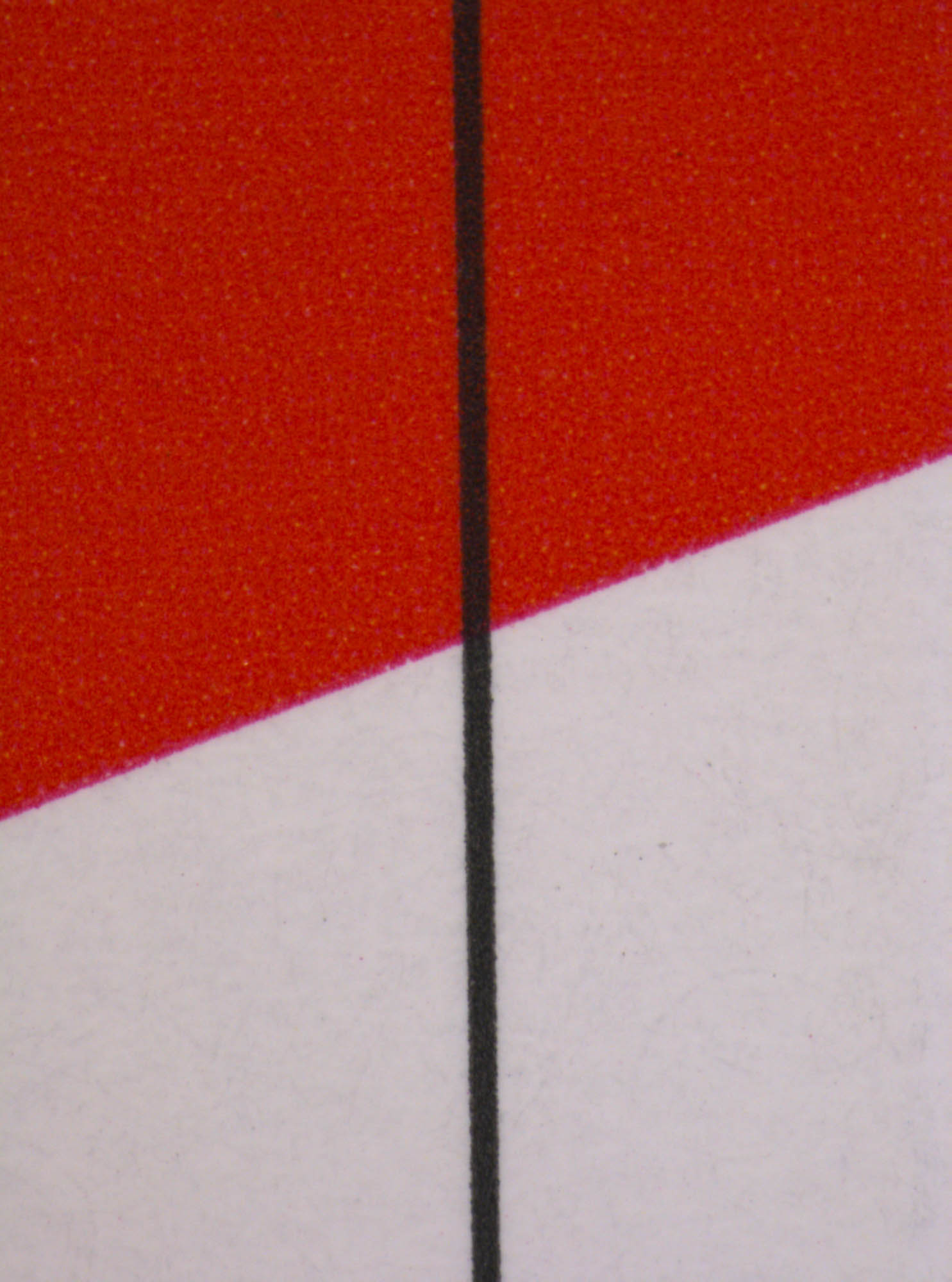
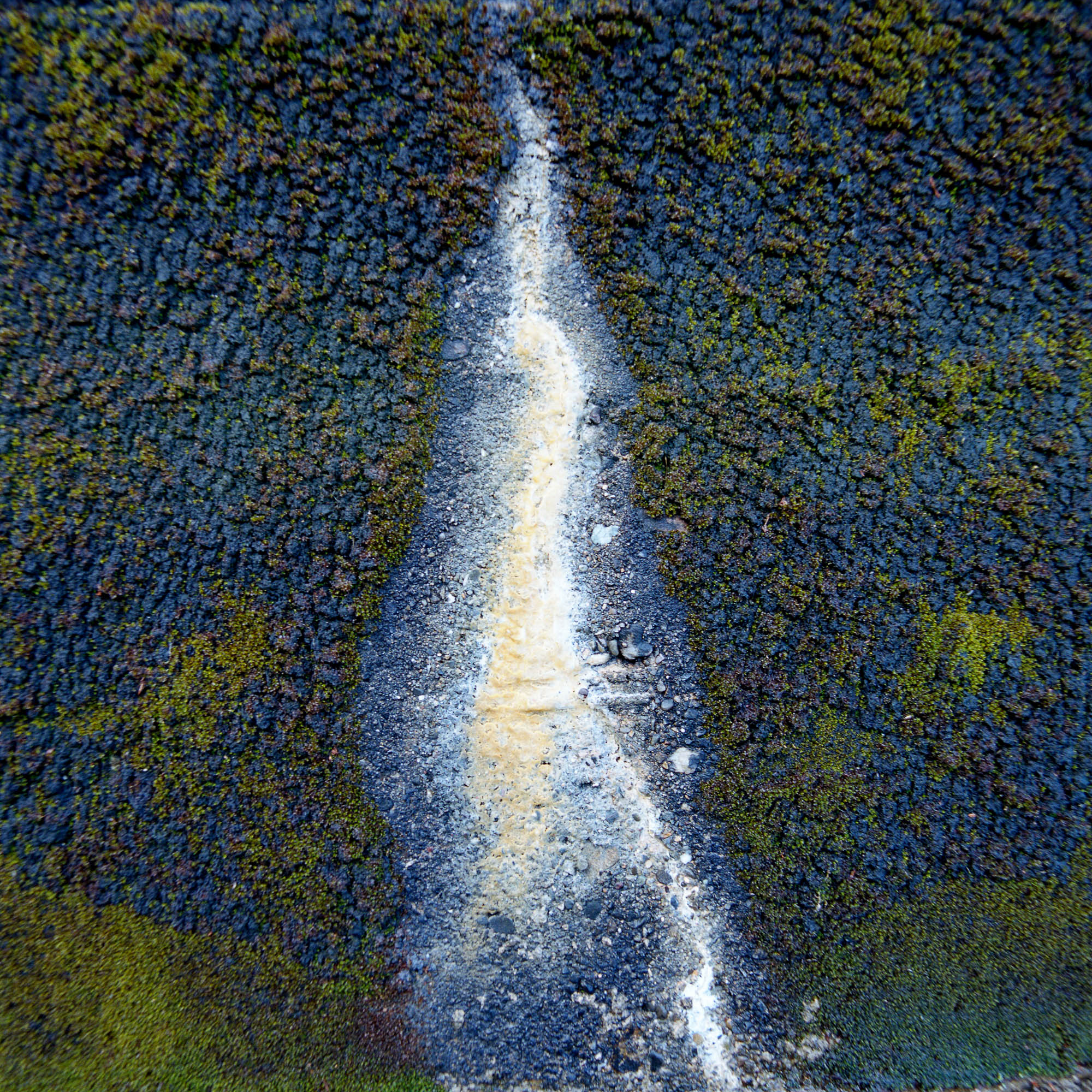
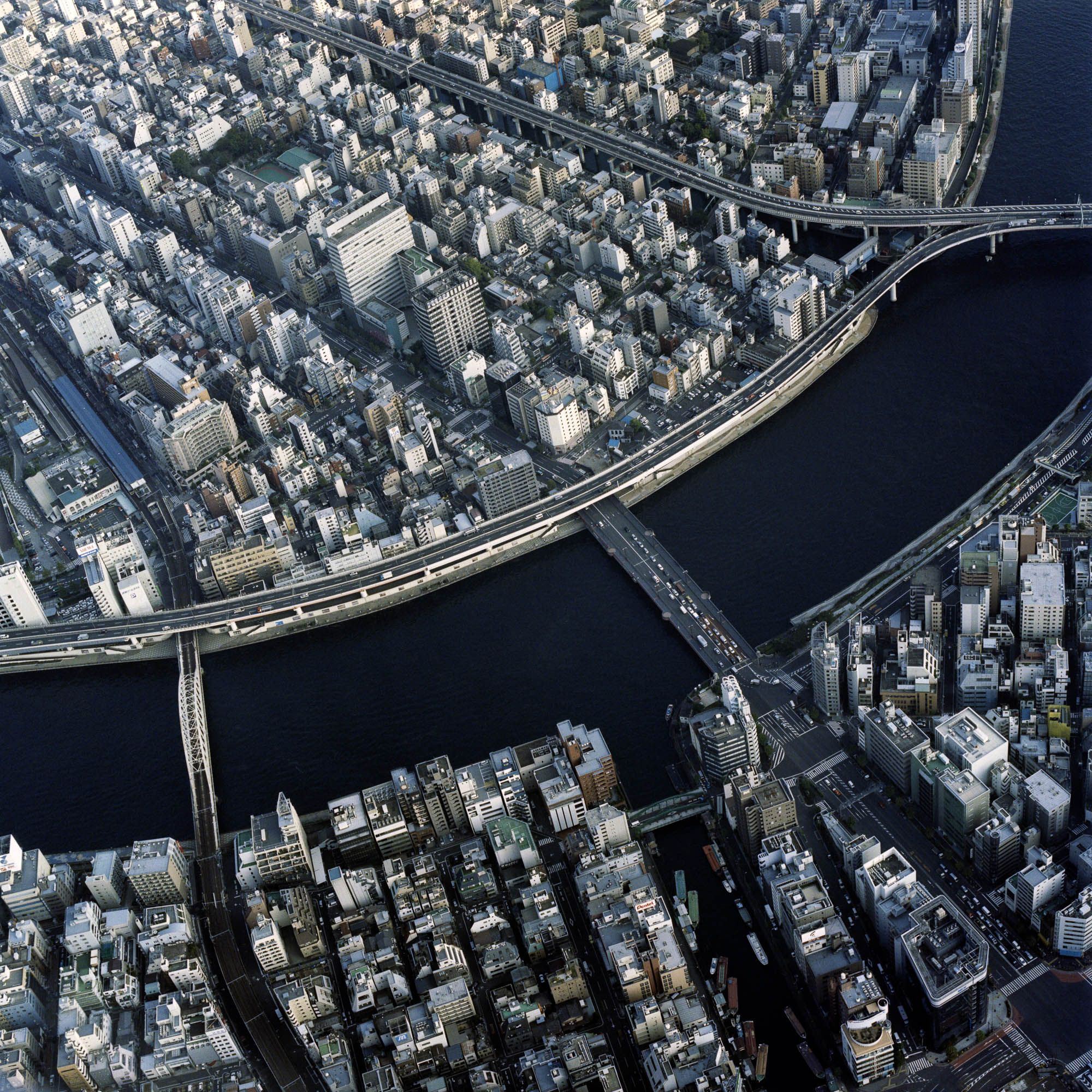
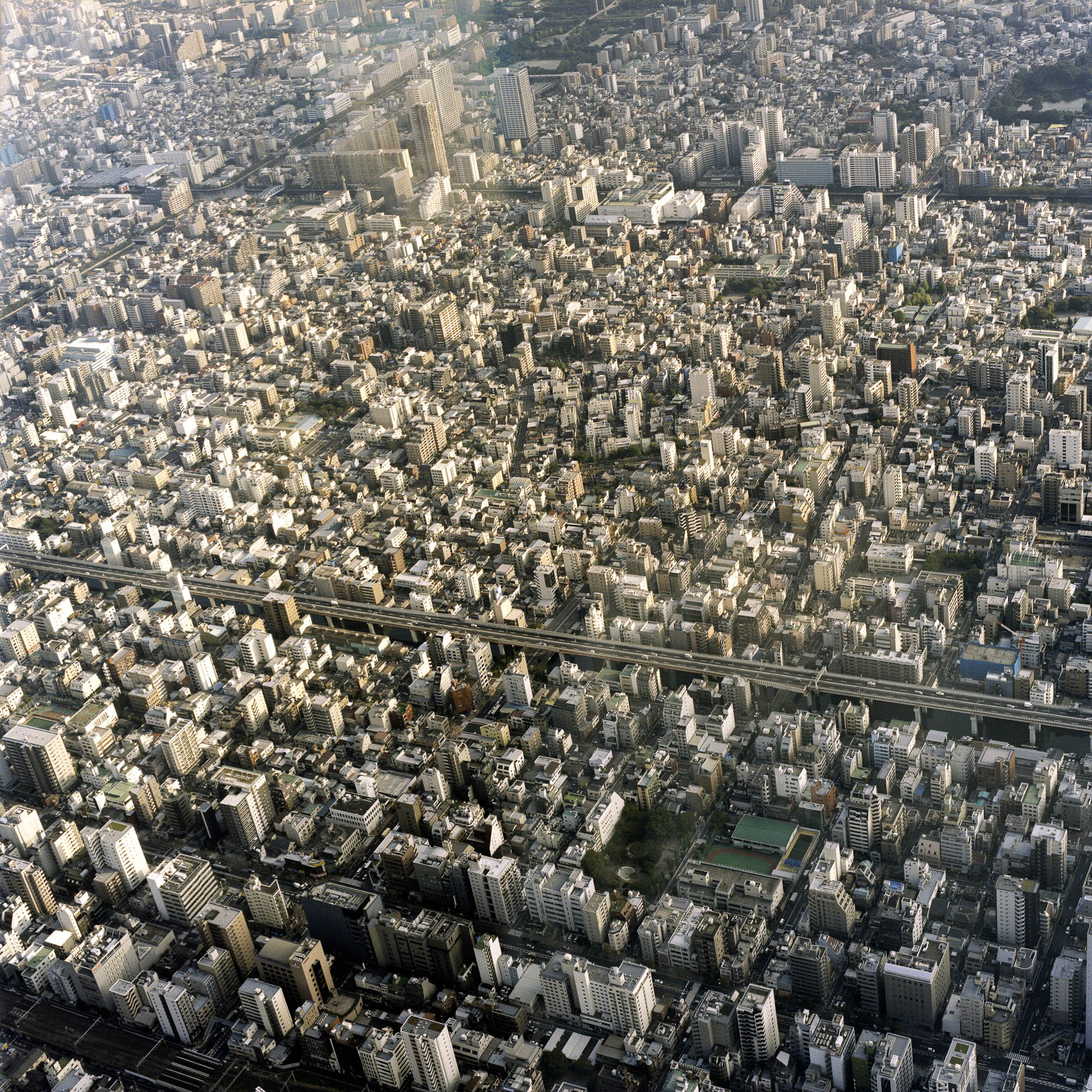
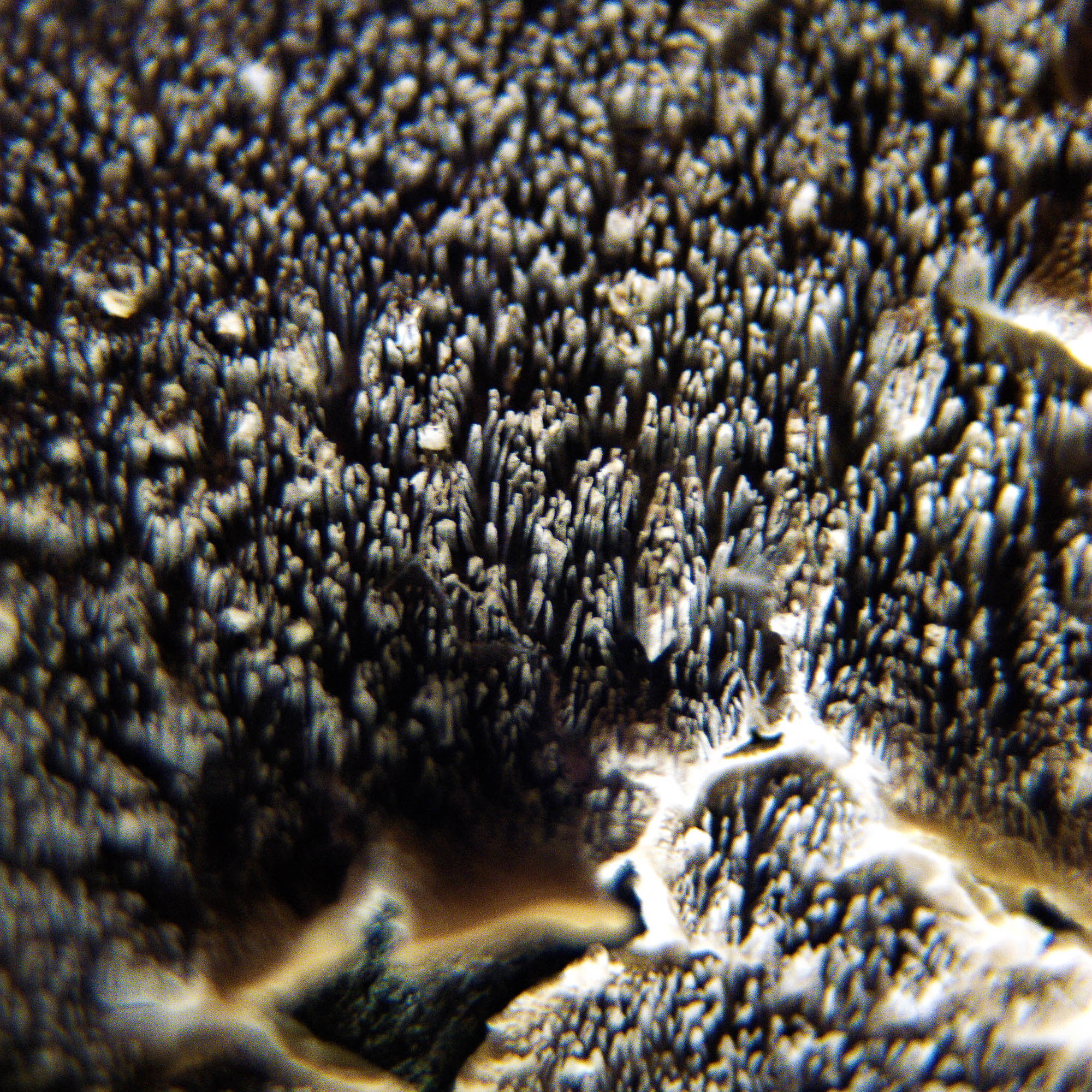
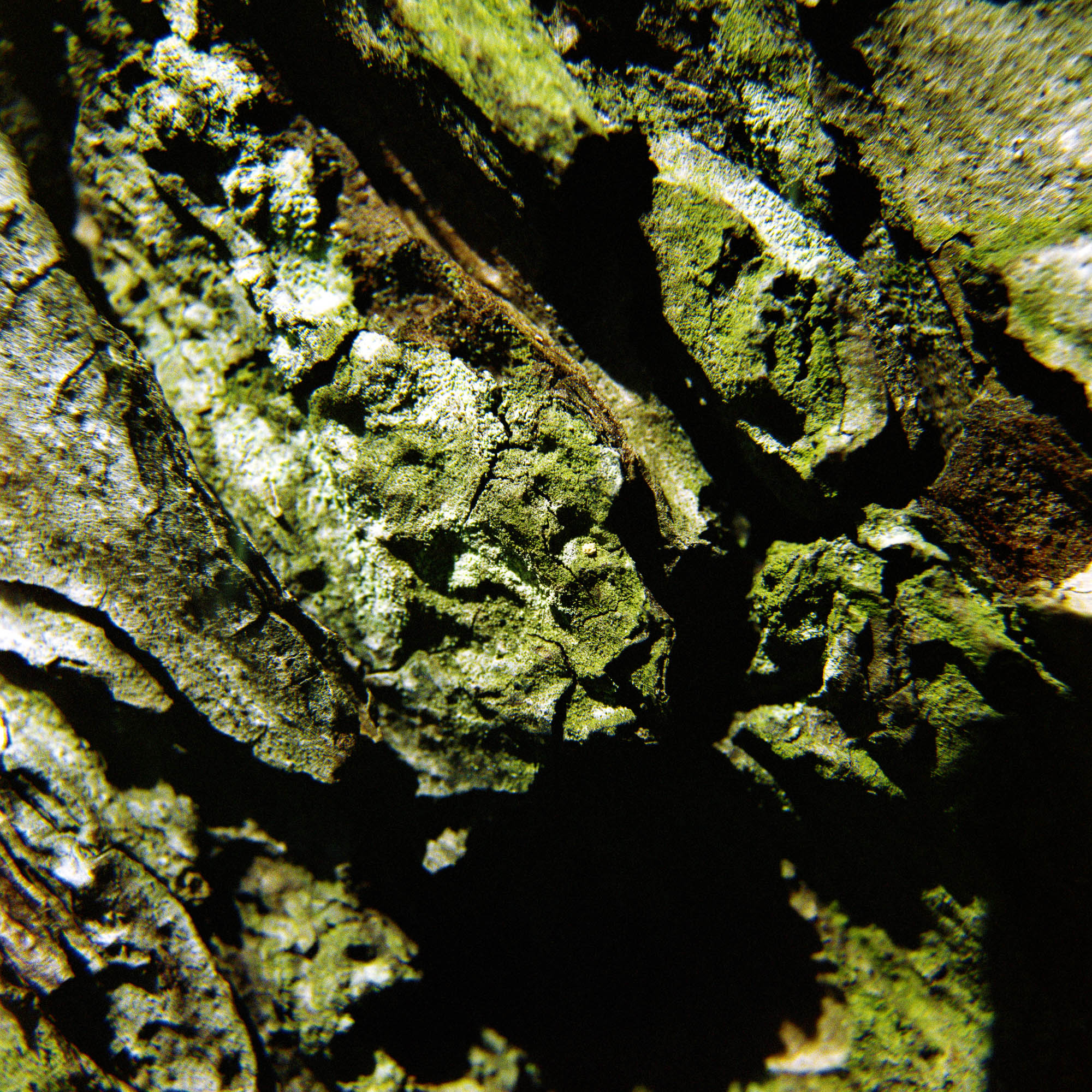
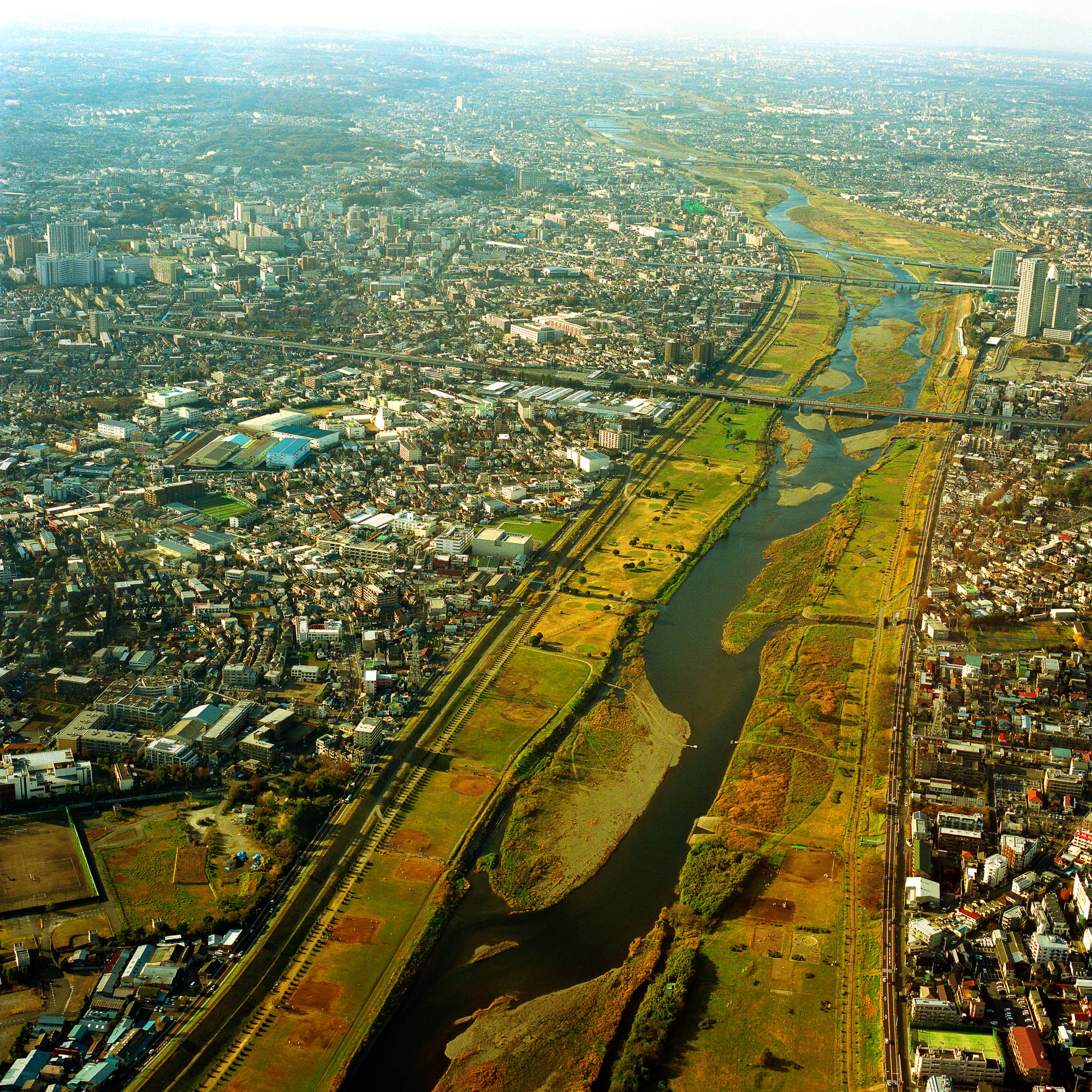
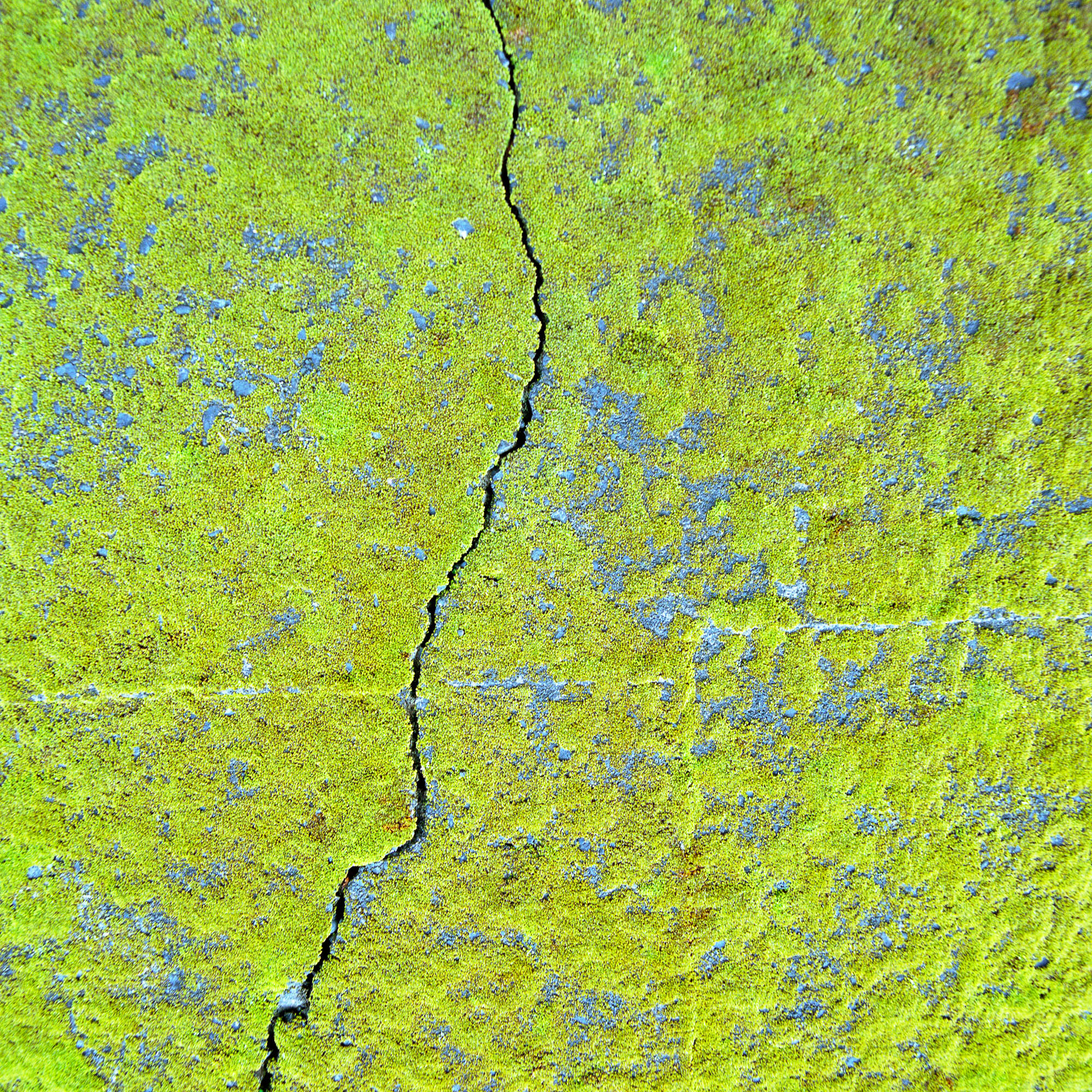
For its first exhibition at rue Volta, RussianTeaRoom presents the “Mandala” series by the Japanese Shusuke Ohno and a selection of leading works by the Russian Dmitry Sokolenko.
In this inaugural exhibition, RussianTeaRoom presents the works of two artists on the fundamental concept of photography, fractality. Shunsuke Ohno and Dmitry Sokolenko suggest two distinct approaches of the same principle: fractal and figurative for the former, semantic and abstract for the latter.
A fractal refers to objects with a structure that is invariable to the changes of scale. They are truckle objects on all points, within which we are able to distinguish the smallest elements – similar to a snowflake.
RussianTeaRoom burrows this term in order to turn it into a universal notion and to start a debate about the nature of photography. Indeed, the fractal principle can be observed in almost any image: photography is capable on one hand to generalize the space and the time and on the other hand to incite the viewer to position himself according to this space-time relation.
The « Mandala » series of Shunsuke Ohno
In the « Mandala » series, Shunsuke Ohno puts in evidence the morphologic similarities between the worlds of the infinitely small and the infinitely big. Successively, we fly over Tokyo city, its skyscrapers and its big arteries of Tokyo city and we plunge into the lichen that grows on the bark of trees and leaves.
The eye of the viewer comes and goes between these two dimensions. The “micro” and “macro” dimension each cover a fraction of our world: small and natural in one hand, big and built by Man, on the other hand.
The term « Mandala » designated a sacred symbol, a graphic representation of the universe, used in Buddhism. According to this theory, the world is made of small worlds, interlinked into bigger ones, ensuring in this way the harmony of the whole. It’s the concept of interdependency: each part of the cosmos depends of all the rest. Shunsuke Ohno explains: « Each part carries in itself the totality. And because everything is interdependent, nothing exists in itself. Even the nature of matter and light becomes a link of interdependency. This link is not intrinsic but can changes by the interaction between an observer and the observed object. As soon as a phenomenon is observed, it takes its particle aspect. The fact of apprehending a reality gives it its sense ».
His statements contains le operator mode of photography: any other art makes it with such responsibility of demiurge.
The photographic objects of Dmitry Sokolenko
The work of Dmitry Sokolenko is based on the principle of fractality as well. With the proliferation of images, while in fact, ALL is image, we are able to say that the pixel becomes THE elementary visual particle. In the same manner as language separates humans from animals, the pixel separates the human being of the past from the human being of today. To link together these two codes, at once simple and complex, of language and image, Dmitry Sokolenko invents and defends a new code.
Dmitry Sokolenko uses photography as a means to take abstract art to another level, that of visual language. He pictures the semantic fields. The titles depend on a common knowledge shared by the creator and the viewer. The artist explores them deeply in such a way that the very essence gushes out. The resulting image is the epitome of a phenomenon, the image which contains the whole of this semantic phenomenon. Sokolenko codifies our world through his images in the manner of a Mendeleïev’s table.
RussianTeaRoom has decided to show “special issue” series of Dmitry Sokolenko’s images, representing characters, concepts and events.
Among the characters, the viewer will recognize names that are well-known to the popular masses – “John Lennon” and the symbolic white piano, “Paris Hilton” and the gushing glamour rose -, men who have marked great discoveries – “Vasko da Gama” and a fragment of his layout on the map of the world, “Yuri Gagarin” a genuine hero of the Soviet Union – and also religious figures – “Saint Sebastian” and his body pierced by arrows.
Other photographs materialize concepts- “Contraposto” a principle born in ancient Greek sculpture, according to which the imbalance, and therefore the small defect, takes part in the perfection of the figure; “Zeitgeist” an association of individuals who aspire to intellectual, moral and cultural changes in our era: “The Gift” of nature, a gift from the skies and a burden all at once.
At last, Dmitry Sokolenko codifies events that have changed world order, such as the attack on the World Trade Centre, and bloody events that marked Russian history through “1917” and “Stalingrad”
